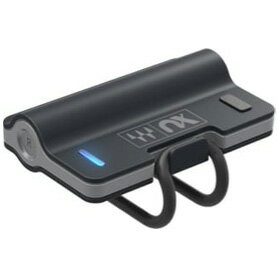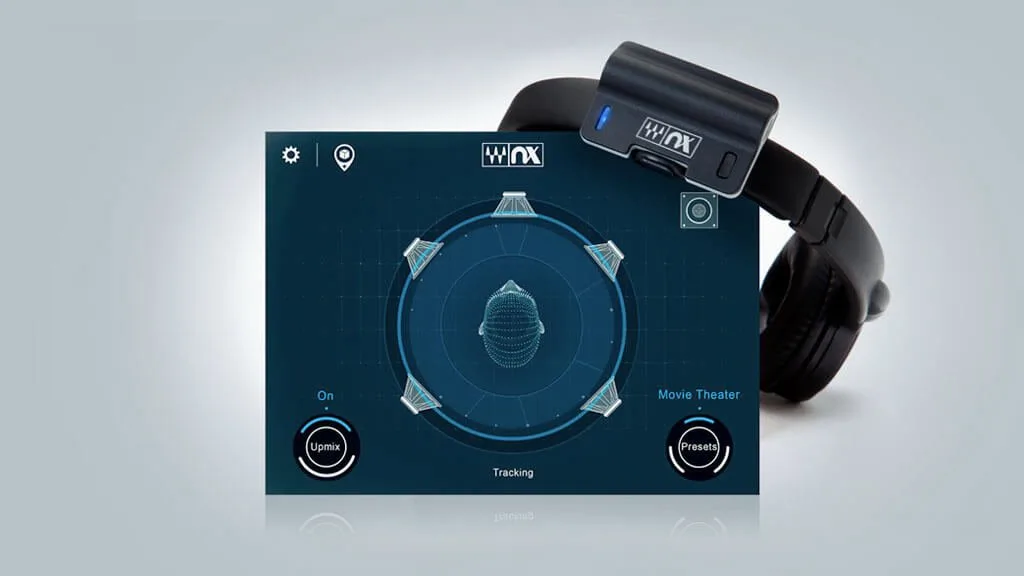
On PCs and Macs, a webcam can be used instead of or in addition to the Bluetooth tracker to determine the head position, but unfortunately, the quality of this CPU-intensive variant varies greatly depending on the lighting and its quality. Depending on the source, NX automatically selects a suitable speaker configuration. In addition to spatialised stereo, 5.1 and 7.1 surround formats can be reproduced using Waves NX with standard headphones. The sound reacts without noticeable delay to head movements in all three dimensions.

The result can most easily be described as a VR setting without VR glasses. This includes a binaural decoder, which hooks into the signal path of your smartphone or computer as a virtual audio driver and combines the camera with Headtracking. For smartphones, there is the free app Waves NX for a computer, in addition to the Headtracker, there is a charge of about 10 euros for the software, which is also called Waves NX and described here. The software component of Waves NX comes in several versions, which are rather confusingly named. Alternatively, it can be attached to a cap or hat, but this is not necessarily acoustically advantageous. Despite the featherweight plastic housing without battery, the workmanship is appealing: The only thing that needs to be checked in advance is the attachment to the headphone bracket if the rubber band is too tight, it could leave permanent dents in the leather of luxury models. The only button on the Headtracker serves both as an on/off switch and for pairing with the playback device. One AAA battery supplies the Bluetooth 4.0 transmitter with power. The Headtracker should be attached as centrally as possible on the headphone bracket rubber bands in several lengths are included for this purpose.

This automatically adjusts the sound output relative to head movement. This is where the so-called Headtracker comes into play, and it has been on offer since 2016 as the Waves NX Headtracker it’s a Bluetooth 4.0 transmitter attached to the headphones that communicates with the built-in NX software on your computer or smartphone.

We locate sound sources not only through the parameters that we mentioned at the beginning of this article but also unconsciously through minimal turns of the head. The answer to the problem was therefore not special headphones or a new surround format, but the combination of long-established acoustic concepts with sensor technology to evaluate head movements and the computing power of our laptops and smartphones. However, this has undergone a relatively unnoticed change in recent years: Almost every playback device is now capable of reproducing 3D sound (including common surround standards). Impressive headphones for surround sound long seemed an impossibility.


 0 kommentar(er)
0 kommentar(er)
